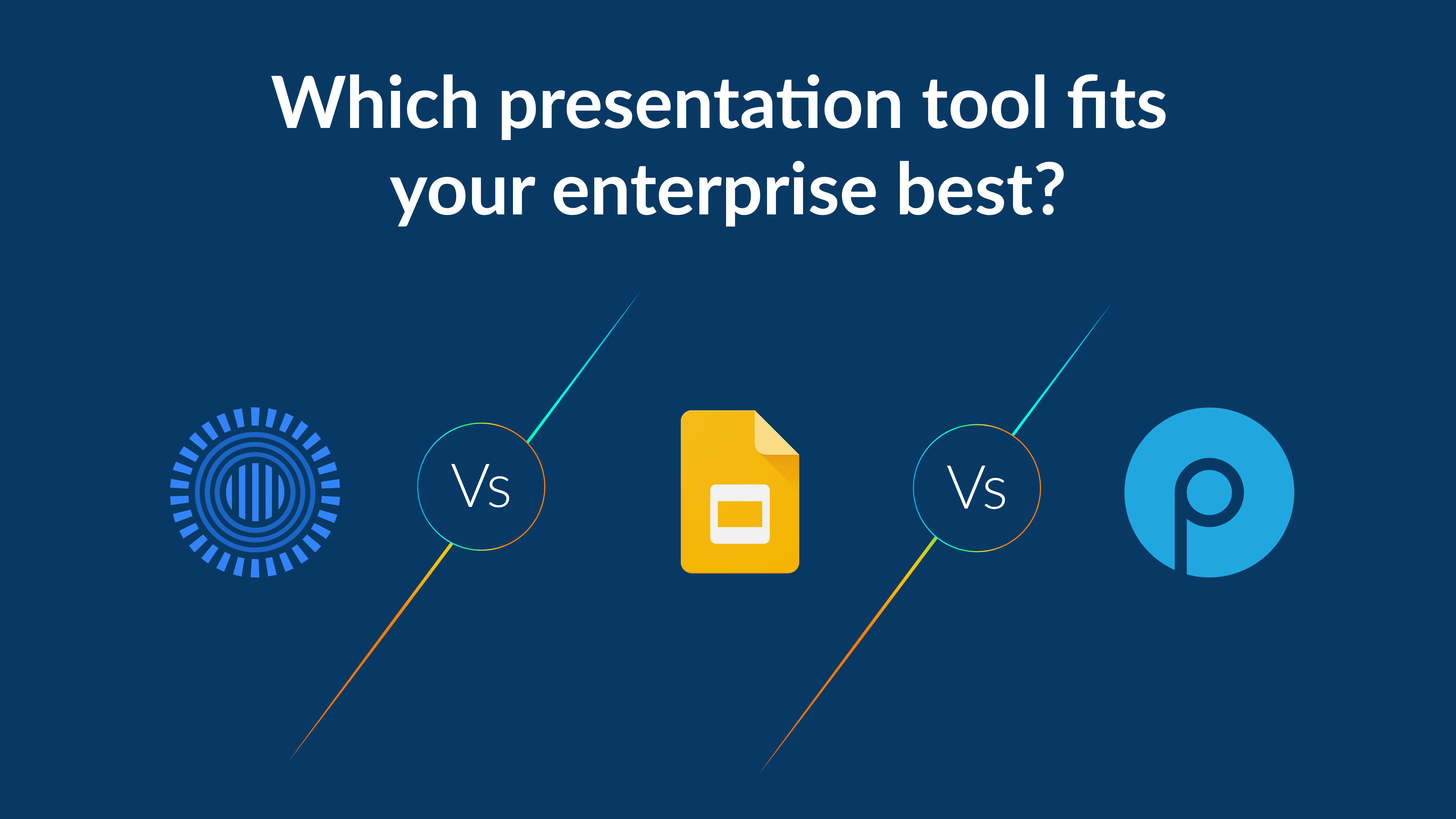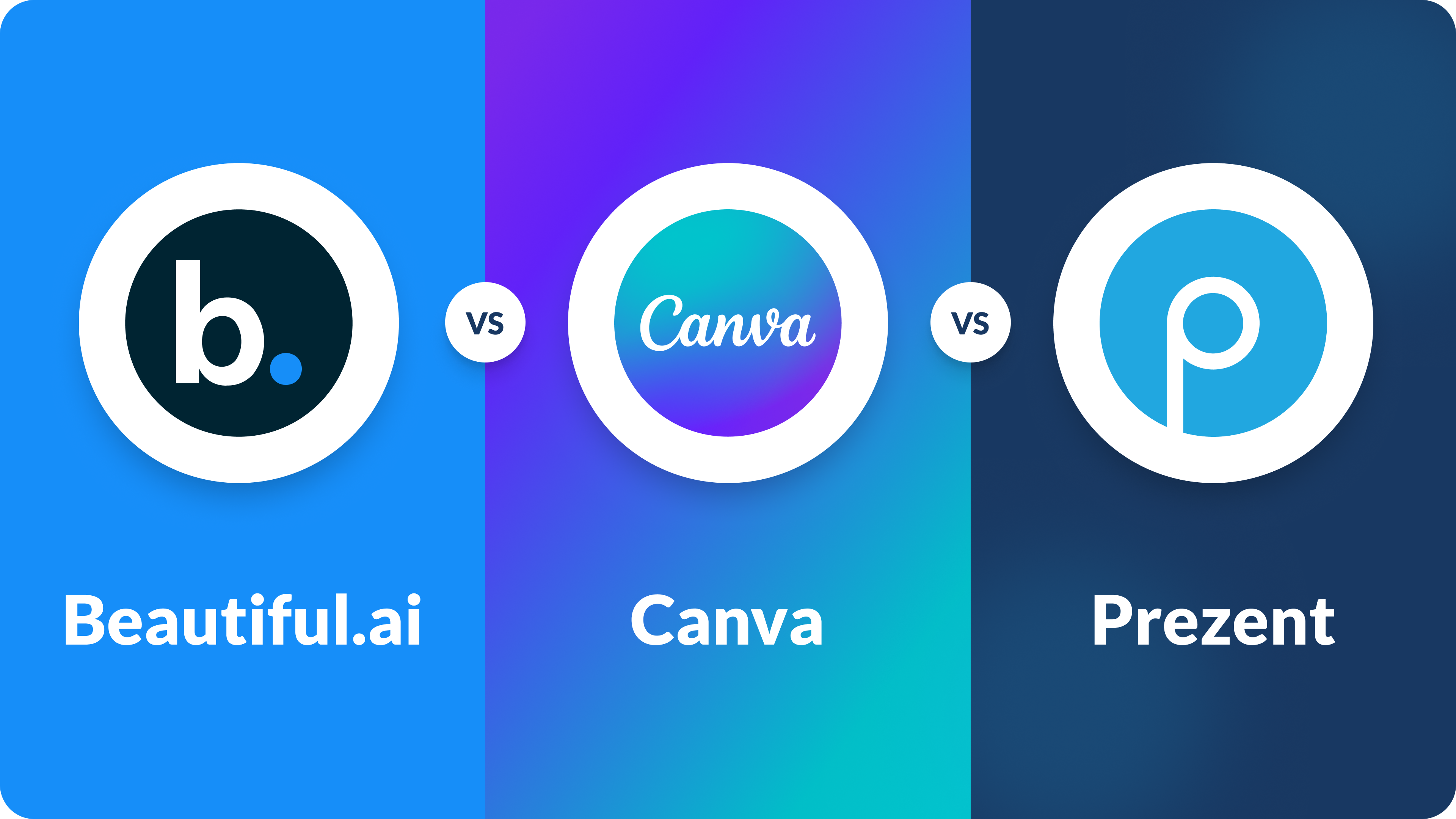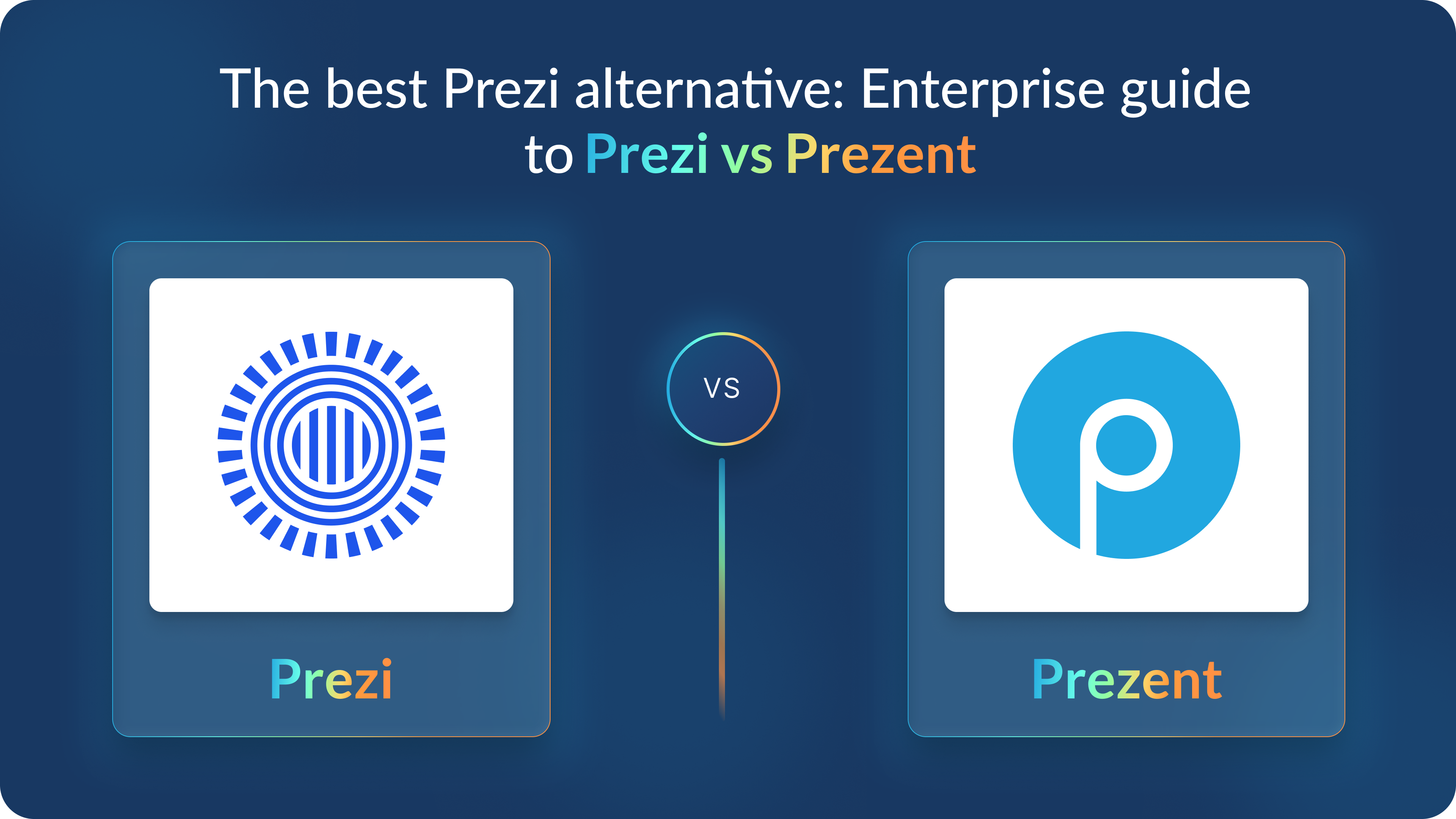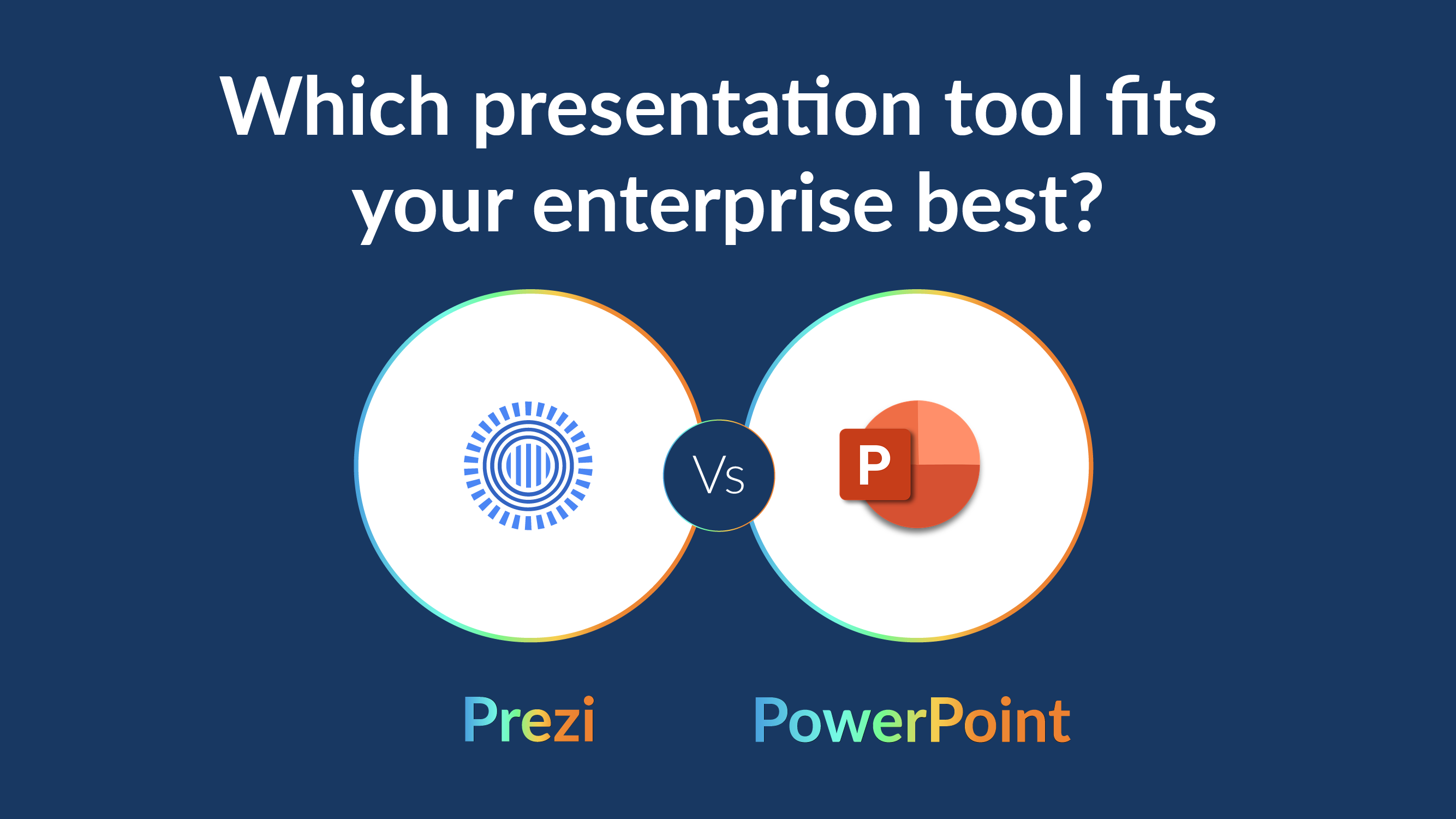Building marketing decks that influence the C-suite: Expert tips, deck examples, and templates
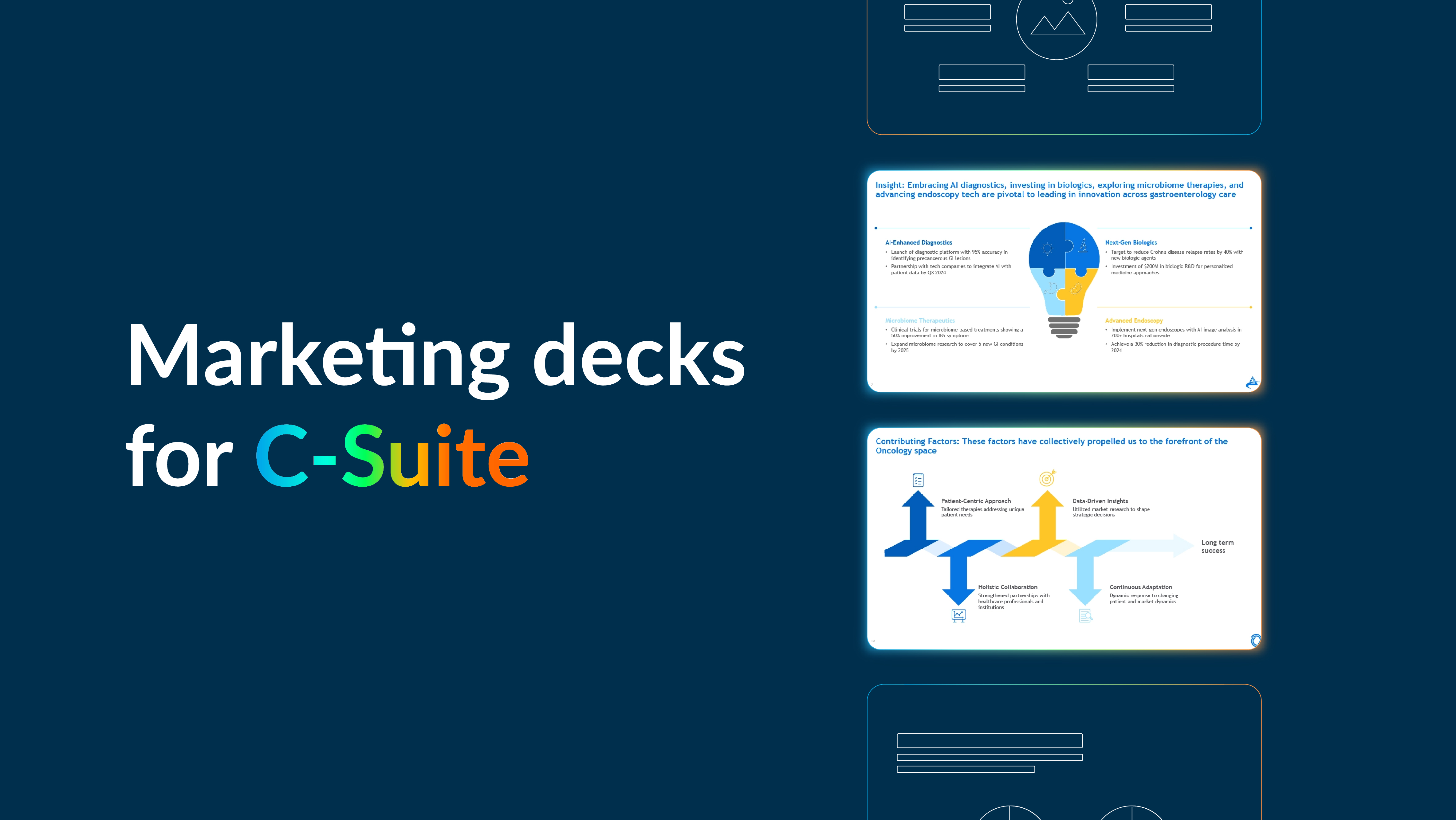
Presenting to the C-suite marketing leaders is more than just sharing slides. It is your chance to demonstrate how marketing drives growth and creates real business impact. A strong marketing deck can build confidence, answer key questions, and position you as a trusted partner at the leadership table.
Of course, it is not always easy. Securing executive buy-in requires more than good ideas. Senior leaders expect presentations that simplify complex strategies and translate them into clear business value and actionable goals. That means knowing what matters to your audience and delivering it through compelling storytelling, relevant data, and thoughtful design.
When done right, a marketing deck does more than inform. It inspires alignment, unlocks resources, and helps move important decisions forward.
In this article, we will cover everything you need to know about marketing decks, including common challenges, mistakes to avoid, practical templates, and tips for creating truly impactful marketing presentations.
What makes a C-suite presentation stand out?
Board-level and C-suite presentations require much more than a simple summary of marketing activities. They demand messaging that is tailored to the audience, storytelling that captures attention, and a clear demonstration of how marketing drives business results. As Mark Huber, VP of Marketing at UserEvidence, emphasizes:
“Marketers get stuck in their heads and talk only about marketing-specific things, using language that doesn’t really connect to the big business-level problems or issues that the board truly cares about.”
A standout C-suite presentation is built on a strong strategic narrative, direct alignment with company KPIs, and a focus on the future. Senior leaders respond to decks that clearly show ROI, highlight growth opportunities, and address potential risks. Every slide should reinforce the relevance of your marketing strategy and how it supports key decisions at a board or executive meeting.
The building blocks of an influential marketing deck
An influential marketing deck brings together several key elements to capture attention, build credibility, and secure the support you need. Here’s what makes a marketing presentation truly influential:
- Define a clear objective – Every marketing deck should start with a purpose. Know the exact decision or action you want from senior leadership to ensure your presentation drives results.
- Focus on executive priorities – Highlight the metrics and business outcomes that matter most to the C-suite. Show how marketing impacts revenue, customer acquisition, retention, and overall ROI.
- Tell a compelling story – Structure your deck as a narrative that takes the audience from context to insights to actionable recommendations. Storytelling in marketing isn't just about sharing information; it's about building an emotional connection that makes your brand more relatable and memorable.
- Leverage data-driven insights – Back up your claims with meaningful data, charts, and visuals. To present data effectively, it's crucial to choose the right chart types, maintain consistency, and ensure clarity. Prezent's guide on communicating data in slides offers valuable strategies for selecting appropriate layouts and visual elements that enhance understanding and engagement.
- Align with company goals – Show how your marketing initiatives connect to key business objectives and KPIs. Alignment with strategy proves that marketing isn’t just tactical—it’s a driver of business growth.
- Design for clarity and impact – Keep slides clean, concise, and visually appealing. Focused design helps executives quickly grasp your key points.
- Provide actionable recommendations – End your deck with clear, actionable next steps. Give senior leaders confidence in the decisions they need to make and show that your marketing strategy is ready to deliver results.
Common CMO challenges a good marketing deck should address
A strong marketing deck does more than outline plans—it helps CMOs address the key challenges they face with the C-suite. By understanding these pain points, you can design a deck that truly resonates and drives executive buy-in.
Here’s how an effective deck can address these pain points:
- Proving marketing impact – CMOs often struggle to show measurable business results from marketing efforts. A well-structured deck highlights relevant metrics, ROI, and the direct contribution of marketing initiatives to revenue, customer acquisition, and retention.
- Budget justification – Explaining and defending marketing budgets can be difficult. Your deck should clearly link spending to strategic goals, forecasted revenue, and tangible marketing outcomes, showing that every dollar is an investment in growth.
- Aligning marketing with business goals – Misalignment between marketing and overall business strategy can weaken credibility. The deck should explicitly show how initiatives support company priorities, KPIs, and long-term growth.
- Personalization at scale – Engaging diverse customer segments with tailored experiences is a constant challenge. Include strategies, tools, or technologies that enable personalization and demonstrate how marketing meets specific audience needs.
- Optimizing channel performance – Marketing channels constantly evolve, requiring quick adaptation. Showcase multichannel strategies, recent successes, and continuous improvement plans to demonstrate marketing agility.
- Demonstrating market understanding – Senior leaders expect the marketing decks to adapt to the market landscape. Include current market trends, consumer insights, and competitive analysis to show that marketing decisions are informed, strategic, and actionable.
By addressing these challenges, your marketing deck not only communicates strategy but positions marketing as a strategic driver, builds executive confidence, and earns buy-in for initiatives, budgets, and resources.
Marketing deck examples with templates
Different situations call for different kinds of marketing decks. While there are plenty of variations out there, three types stand out due to their frequent use and significant impact. In the next section, we’ll walk through marketing deck examples with templates for each of these three presentation types. These will help you simplify complex ideas, align stakeholders, save time, and win leadership buy-in.
Marketing mix deck
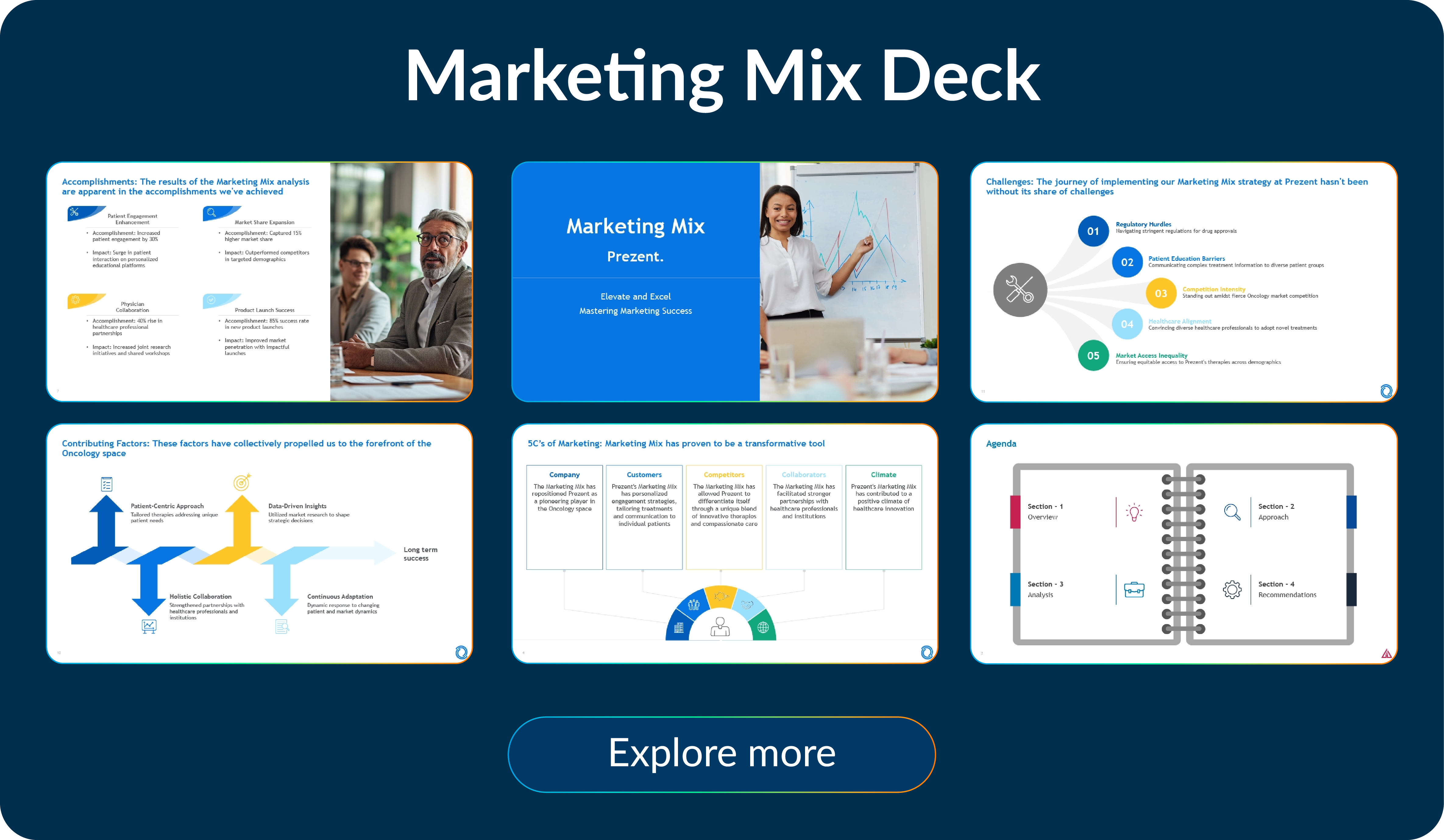
A marketing mix deck gives executives a clear view of the four core elements—product, price, place, and promotion—that drive strategy. It shows how these elements work together to impact growth, profitability, and customer success. For the C-suite, this deck provides confidence that marketing is balanced, intentional, and aligned with broader business objectives.
Marketing communications deck
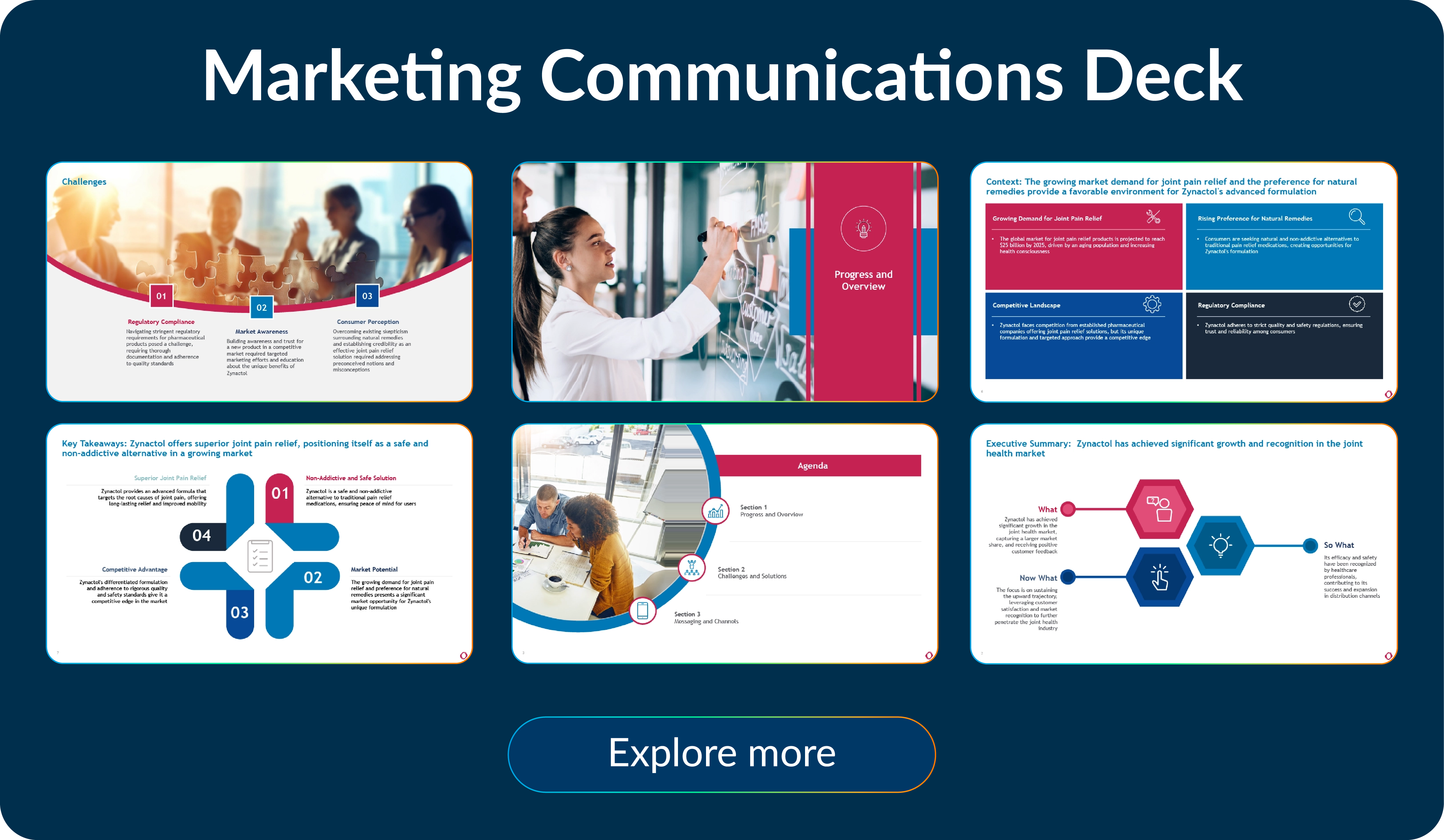
This type of deck outlines how the company communicates its value proposition and brand story across channels and audiences. At the C-suite level, it helps leaders see how campaigns stay consistent, reinforce the brand, and support business priorities. It’s especially valuable for aligning leadership on messaging before large-scale initiatives or launches.
Market evaluation deck
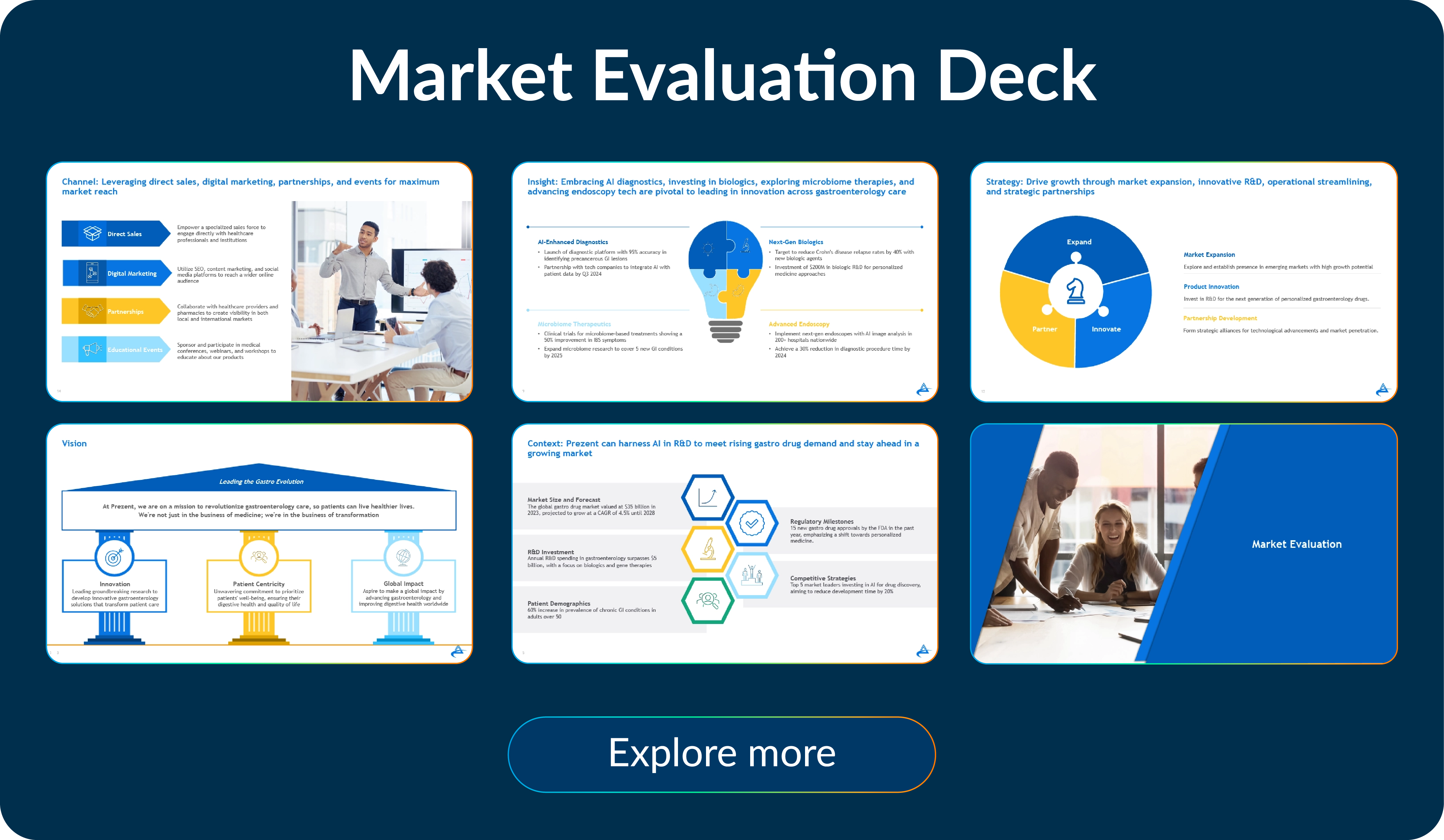
A market evaluation deck helps leaders understand the external environment—trends, opportunities, risks, and competitive dynamics. By combining data and insights, executives can make more informed decisions about market entry, expansion, or investment. This type of deck builds trust that marketing is forward-looking and grounded in real market intelligence.
How to create impactful marketing decks using Prezent
Prezent helps teams build marketing presentations that are polished, brand-aligned, and tailored to executive audiences. It supports this in two powerful ways:
Autogenerate complete presentations
With Prezent’s Auto Generator, you can create a full marketing presentation using simple prompts, supporting files, or web links. Powered by Astrid AI, it ensures every presentation reflects your brand guidelines, speaks the language of your industry, and adapts to audience preferences—all while cutting down the time it takes to build a deck.
How it works:
- Start with a clear prompt and, if needed, add supporting documents, links, or text inputs to give Astrid the right context.
- Refine the draft by adjusting the storyline, audience focus, templates, or visuals with just a few clicks.
- Finalize your deck, then save it to your library or download it for immediate use.
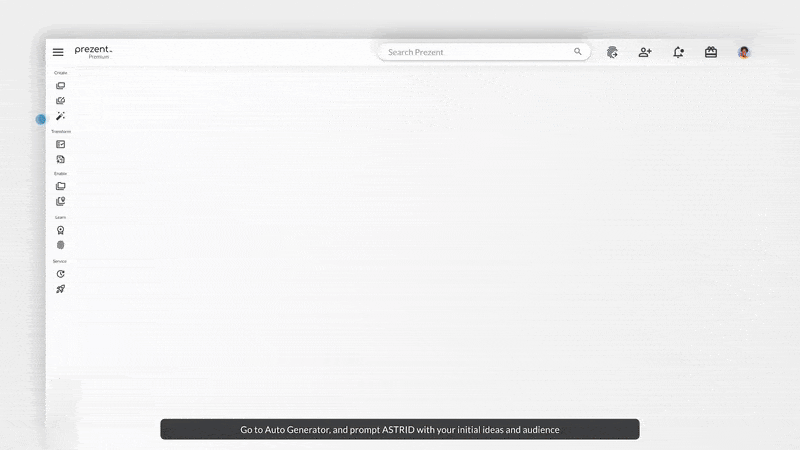
Build with templates and refresh old decks
Prezent boosts your team’s productivity with access to a central library of over 35,000 expert-designed slides, searchable by topic or business use case. Once your brand guidelines are uploaded, every slide automatically adjusts to your company’s style, making it easy to build consistent, professional decks. You can easily customize these templates and download them for quick use, as they are fully compatible with Google Slides and PowerPoint.
You can also refresh existing presentations with one click with Template Converter. Prezent’s AI reviews fonts, colors, images, and layouts, then updates everything to match your brand standards and audience needs. For a detailed overview of how the Slide Library and Template Converter work, see the guide here.

These tools eliminate inconsistencies, reduce manual rework, and can cut slide preparation time by 70–90%. More importantly, they free up your time to focus on what matters most—crafting the right message for the C-suite, aligning with executive priorities, and preparing for impactful delivery. Instead of worrying about formatting, you can invest your energy in building the story and insights that win leadership trust.
Presenting to the C-suite: Expert tips to make every minute count
Presenting to executives is a different game. They have limited time, high expectations, and want insights that drive decisions—not slides that overwhelm. In conversations with leaders like Lorraine K. Lee and Mark Huber, we learned the strategies that make presentations memorable, actionable, and influential.
1. Own the room
Start with confidence. Set the stage by clearly stating your purpose and what outcomes your presentation will deliver. Keep it focused only on what matters to decision-making. Be ready to answer questions succinctly. As Mark Huber notes, commanding the room isn’t just about your slides—it’s about presence, pace, and clarity.
2. Speak their language
Go beyond marketing jargon. Align every slide with what the C-suite cares about—business impact, ROI, and strategic priorities—and frame your message to match their preferred way of processing information. Focus on outcomes rather than operational details, and use pre-reads to set context so your live presentation can center on dialogue and decision-making. Prezent’s Communication Fingerprints can help you adapt your content to how executives absorb information, making your message land with greater clarity and impact.
3. Tell a story
Data alone won’t move leaders. Use storytelling frameworks like problem → solution → impact or before vs. after to give your insights structure. Incorporate visuals and metaphors to make complex information digestible. Powerful stories connect customer insights, strategy, and results, making your points stick. Prezent’s Story Builder offers over 1,000 expert-designed templates for common business scenarios, helping you craft clear, compelling narratives that capture attention and turn complex data into decisions that drive action.
4. Anticipate objections and drive action
Have deep-dive slides ready for questions, but keep the main story simple. Executives often prefer quick back-and-forth exchanges, focusing on the key points and decisions they need to make. Address concerns proactively and close with a clear call to action—whether it’s budget approval, a campaign launch, or next steps. Your goal is not just to inform, but to inspire decisions.
5. Track and refine
Measure success through executive feedback, follow-up actions, and requests for updated decks. Analytics—like slides viewed and time spent on key sections—can reveal what worked and what didn’t. This helps you continuously improve and align future presentations with executive expectations.
Final thought
Building a marketing deck for the C-suite often takes hours—sometimes even days. AI-powered platforms like Prezent streamline this process, giving you back valuable time to focus on what matters most: shaping the message, engaging your audience, and driving impact.
From auto-generating complete decks to refreshing existing ones, and from tailoring content to executive preferences to crafting stories that stick, Prezent is designed to help marketers influence where it matters most—the leadership table.
Transform the way you communicate with Prezent. Start your free trial or schedule a quick demo today to see how effortlessly you can create decks that secure executive buy-in and drive real business results.
.avif)


